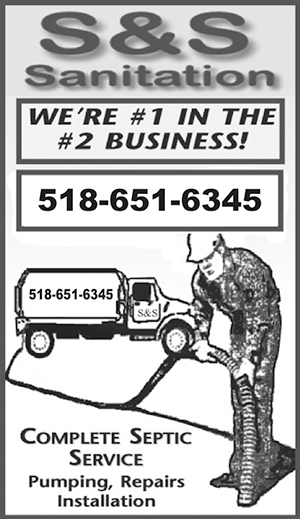Reader Submission
The talk in Washington about tariffs seems far away.
After all, prices for consumers haven’t changed much despite the ongoing volley of tariff threats from developed nations around the globe. Yet pricing in commercial markets have changed and changed dramatically.
The tariff on Canadian newsprint was threatened in 2017 and enacted in 2018. The tariff was levied at the request of a hedge fund that owns a single paper mill in Washington state. It claimed that the Canadian government subsidized Canadian paper manufacturing, enabling newsprint to be sold below cost.
U.S.-based forest product trade associations came out against the newsprint tariffs along with newspaper groups across the country. Mills, pulp producers, foresters, paper brokers and longtime media property owners all believed the tariffs were not justified.
Paper pricing is volatile. The equipment to manufacture paper is big, capital-intensive machinery. It is expensive to build, maintain and operate.
Paper machines also run efficiently at scale, meaning they produce high volumes of paper. The equipment takes considerable time to restart and to shut down. It is hard for paper manufacturers to adapt quickly to significant changes in the demand curve.
The market for paper, like many other markets, is driven by supply and by demand. With less demand due to digital disruption and a change in news consumption habits, supply increased.
As supply increases, prices are bid down and can be bid down below manufacturing cost. Paper mills take machines offline to constrain supply, enabling mills to increase prices.
Over the decade I’ve been in this business, paper pricing has shifted all around. Just within the past three years, pricing increased 23 percent in 12 months and then fell 22 percent in three months.
This type of volatility is based on a free market of willing buyers and sellers. Paper manufacturers understand that dynamic and have built business models to account for volatility in revenue and profit.
I can understand why a hedge fund would request tariffs. The intrusion by the government into a free market can provide short-term stability for revenue and profit margin. That must be very appealing to a hedge fund and helps generate improved returns for investors.
We have bought newsprint from Canadian mills since my grandfather was involved in this business. Our proximity to the mills keeps shipping costs low since we can receive direct shipments. While U.S.-produced paper was often price competitive, the higher cost of shipping from distribution centers and mills that are often in far Western states made Canadian-milled paper less expensive for us.
These tariffs have had a direct impact on our business. Paper prices are up more than 25 percent this year and heading steadily higher. Paper accounts for more than 10 percent of our expenses. We are absorbing this cost, but it is increasingly difficult.
What is that cost? The cost of placating a New York City hedge fund could be three or four jobs in Watertown. Or the elimination of 401(k) matches or a freeze on wage increases.
I seethe when I consider these options. Why should we sacrifice so a hedge fund can generate better returns for accredited investors?
Accredited investors are not struggling. They are people who have more than $1 million in liquid assets.
It’s a sad commentary on our government when it prioritizes millionaires over the hardworking, rural middle class.
John B. Johnson is chief executive officer and co-publisher of the Watertown Daily Times.




Reader Comments(0)